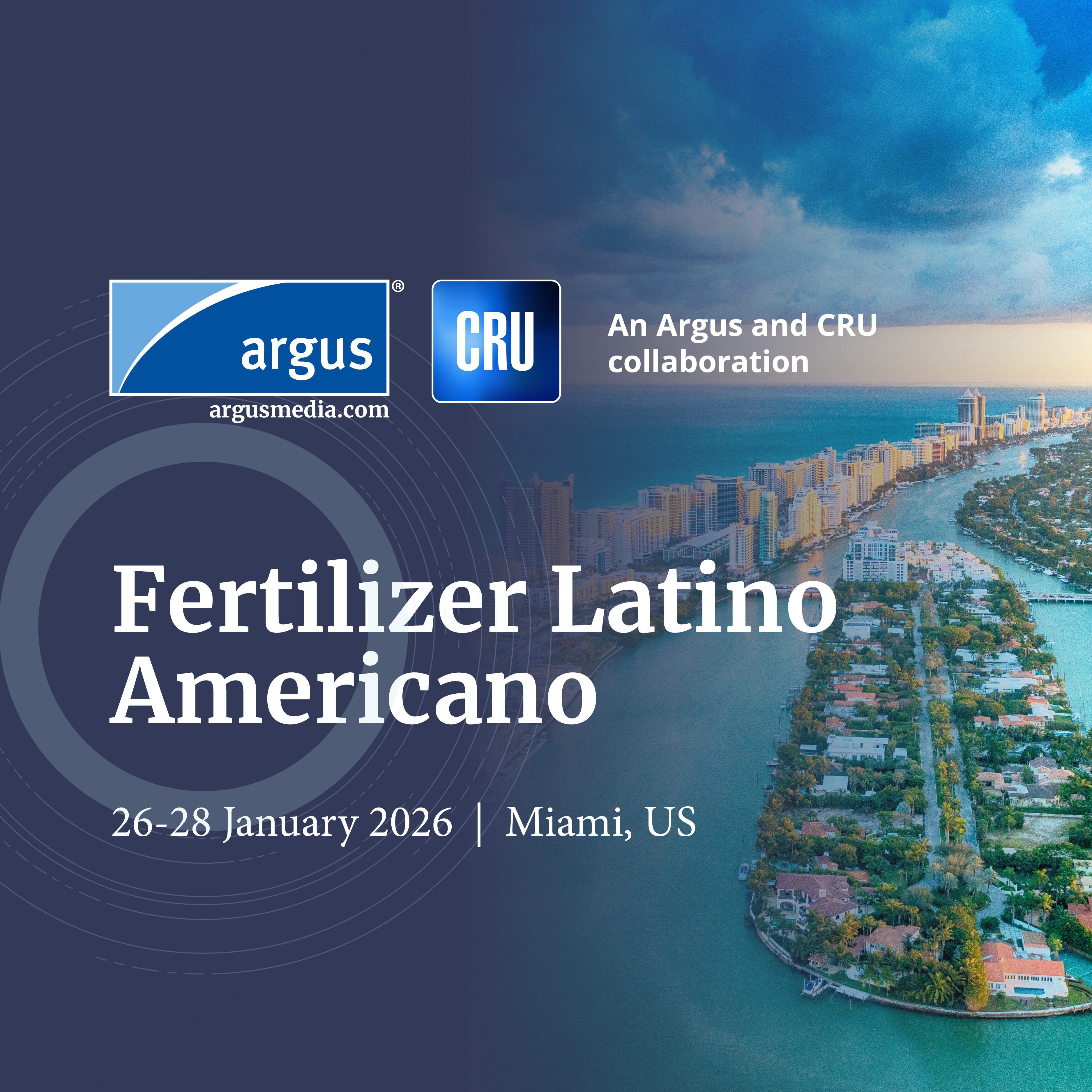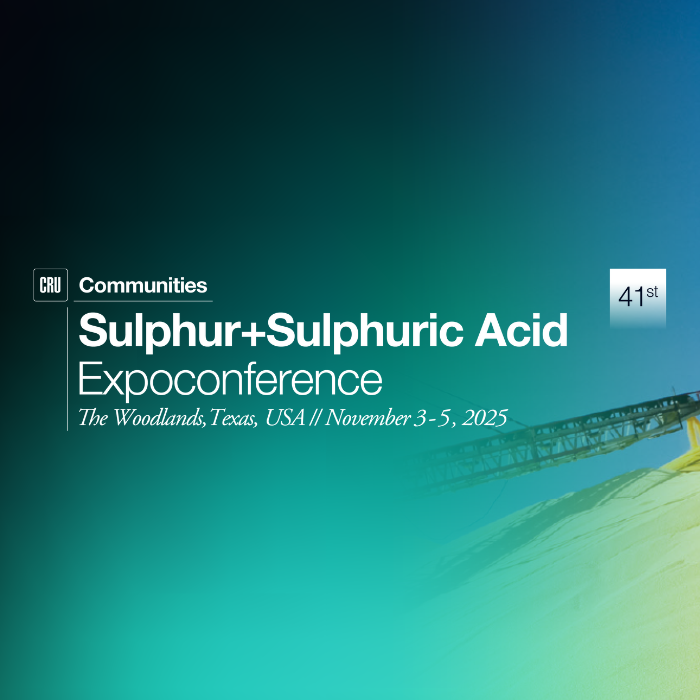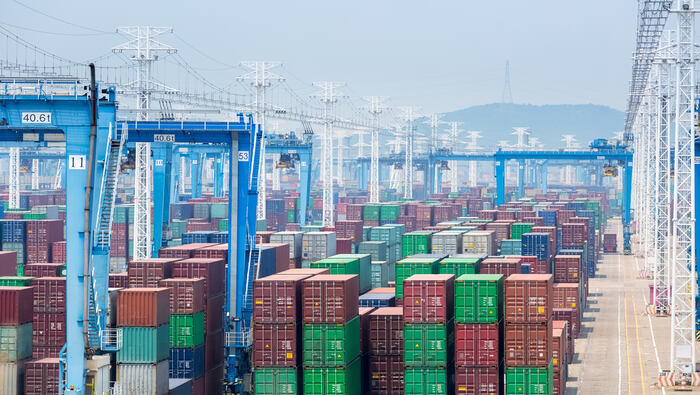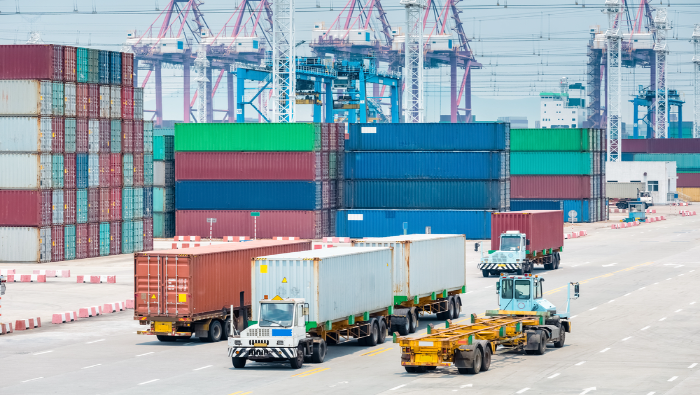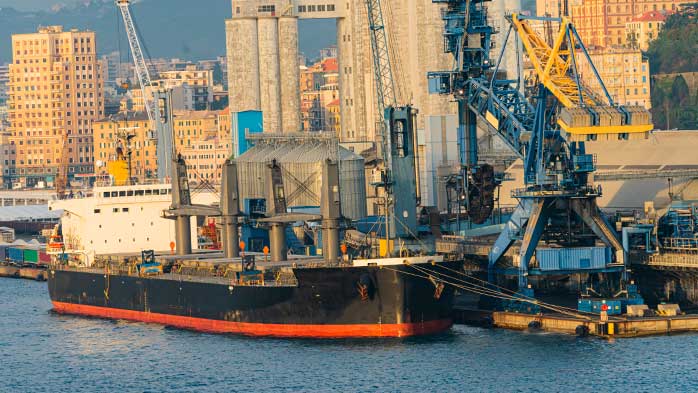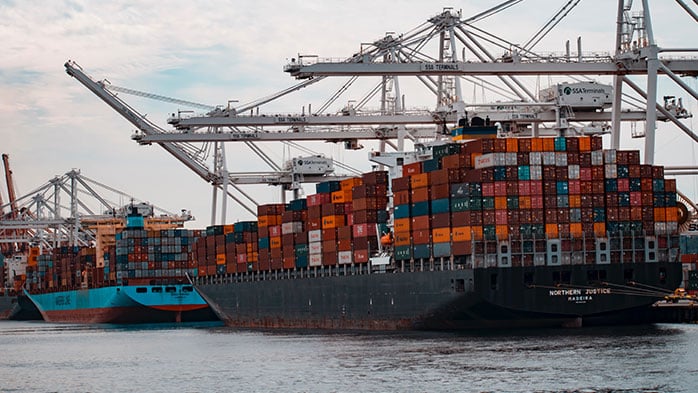The decision to implement more stringent sulphur limits for marine fuel will require a significant change in practices of both vessel operators and oil refiners.
CRU considers the impact on sulphur supply to be more of a gradual transition than a step change with much of the supply growth part of the typical capacity expansion of the industry. This Insight will set out CRU’s view of when, where and how the reduction of sulphur content in marine fuel will be achieved and the impact it will have on sulphur supply.
IMO 2020: What is changing and when?
In October 2016, the IMO committed to change the legislation in MARPOL Annex VI governing the sulphur content of marine fuels. CRU examined the impact to freight rates from the implementation of the IMO legislation in the Insight IMO MARPOL 2020 creates a generational shock to freight costs but there will also be an impact on oil refiners and the volume of sulphur which is produced.
From 1 January 2020, the sulphur content of bunker fuel will be limited to 0.5%, although the fuel will still be permitted on vessels without scrubbers will have until March 2020. The decision by the IMO was clear on what would need to change but totally absent on how it should be achieved and the lack of direction on the process of implement is a key factor in why there is still no consensus on what the impact of the legislation will be.
What are the options available to vessel operators?
Bunker fuel consumption totals around 5.0 million bpd which is comprised of 3.0 million bpd of <3.5 % high sulphur fuel oil (HSFO), 1.6 million bpd of distillate fuel (Marine Gas Oil, MGO), 0.3 million bpd of <0.1% S ultra-low sulphur fuel oil (ULSFO) with the remainder accounted for by LNG. Vessel operators can achieve compliance with the IMO 2020 legislation via a range of strategies which can be split into two routes; consume HSFO with a scrubber or switch to an alternate fuel. The post 2020 fuelling of vessels is not only a question of what but also when. Vessel owners now have fewer available options as implementation approaches.
- Most ship owners have decided scrubbers are not an investment for today – Uncertainty on future LSFO/HSFO price spreads have limited investment. CRU research indicates that only 2,500 vessels will be fitted with scrubbers by 2020. Any vessel owner making an investment decision today will not have a scrubber in place by 2020.
- LSFO is expected to dominate the marine fuel market at implementation – LSFO is the most similar product to current bunkers. Refiners are selling compliant blends in 2019 to allow compatibility to be tested and technical changes to be made. Increased LSFO demand is expected to require an additional 2.0 million bpd of middle distillates to blend into HSFO supply.
- MGO expected to remain focussed in ECA’s - The existing specifications of marine gas oil aim to meet the 0.1% S limit in ECA’s. Refiners have begun to offer 0.5% MGO but most engines were not designed to take pure distillate fuel which could generate operational issues in switching.
- Switch to LNG expected in the long term for large new builds - LNG is likely to be the fuel of the future for the vessel market, with low CO2, NOx, particulate and SOx emissions, but that future is likely to still be in the distance. CAPEX requirement for retrofitted or new build LNG fuelled vessels is high with the investment case strongest in larger vessel classes.
How much sulphur supply will IMO 2020 add?
The largest possible increase in sulphur supply, based on CRU’s compliance scenario, would come from the existing 3.0 million bpd of HSFO being further refined to 0.5% S. The sulphur content of HSFO is typically 2.5-3.0 %S which if refined to 0.5% S, would equate to the removal of 3.0-3.8 million tonnes of sulphur although CRU this scenario to be achievable in 2020. The near term change in sulphur supply will be dependent on investment in refining capacity, spare capacity at existing refineries and changes in raw material input.
How will existing refineries help to meet LSFO demand?
CRU’s view is that the global refining sector does not have enough spare sulphur recovery capacity to refine all HSFO to LSFO. The US is a market is a likely source of increased residual fuel desulphurisation as refineries, have invested in treatment units to increase the capability to process sour crudes. Higher operating rates at existing capacity could increase sulphur recovery of 0.3 Mt in 2020. China has spare capacity to increase LSFO and middle distillate production with Sinopec recently announcing that 10 of its operations would supply LSFO to Chinese ports. Sulphur production increases from high utilisation is expected to total around 0.3 Mt in 2020.
Has new refinery investment targeted IMO 2020 compliance?
The IMO legislation targets the shipping industry, but it has by proxy pushed the responsibility onto oil refiners as most vessel operators have not invested in scrubbers. Some refiners have made improvements but direct investment with the specific intent of IMO 2020 compliance has been minimal at a global level.
- South Korea has specifically attributed capacity additions to the IMO regulation with upgrades expected to add 0.4 Mt /y of sulphur production
- Northwest European investments have added coking, hydro treating and hydrocracking capacity in the BENELUX refining area with additional sulphur recovery of 0.15 Mt/y
- India has also committed to capacity upgrades and additions at existing refineries which will add around 0.1 Mt /y of sulphur production capacity
The IMO 2020 legislation was only formalised in late 2016 so many refinery projects were designed long before the announcement of the legislation changes. The refining industry has been on a path of sulphur reduction with HSFO the last product group to have its sulphur content removed. This long planned new capacity will play a major role in marine fuel desulphurisation as new refineries have low sulphur, low residual fuel product mixes.
New capacity in Saudi Arabia, Kuwait, Malaysia, Vietnam, Turkey and China will all produce high levels of low sulphur middle distillates and low residual fuel volumes. The sulphur supply increase from these projects is estimated to contribute 2.5 Mt of additional supply in 2019-2020 of a total supply increase of 3.2 Mt.
Refinery based sulphur production is forecast to enter its fastest period of annual growth in the last 30 years but the lack of supply growth in the gas sector will result in the net global supply change running at around historically normal levels.
What other factors can help achieve 0.5% S fuel?
Changes in crude input an area where refiners can cut sulphur output. In the US market, %S input to refineries in Q1 2019 was at an 18 year low of 1.29%, down from typical levels of 1.4-1.5 % since 2000. The surge in US sweet crude supply and lower availability of sour Iranian and Venezuelan crudes has cut the average %S input of global crudes to refineries. A switch to sweeter crudes is also a viable option for refiners in Coastal Europe to achieve compliance.
Changes to crude mix and product flows could cut sulphur supply in some regions. Increased use of middle distillates for blending could be achieved by a cut of supply to power generation. It may also be possible for cokers to switch from lower sulphur feedstock in preference for HSFO which would both free up lower sulphur input for blending but pass the issue of high sulphur content onto the pet coke industry.
IMO 2020 will not cause a jump in sulphur supply
Limited capacity investment in desulphurisation, an existing project pipeline and the availability of middle distillates for blending support CRU’s view that the immediate production response to meet IMO 2020 regulations will not be a step change jump in sulphur supply. Some regions of the world have increased capability to extract more sulphur from product streams but much of the solution to IMO compliance will be found by shifts in crude input and a reorganisation of existing fuel flows.




